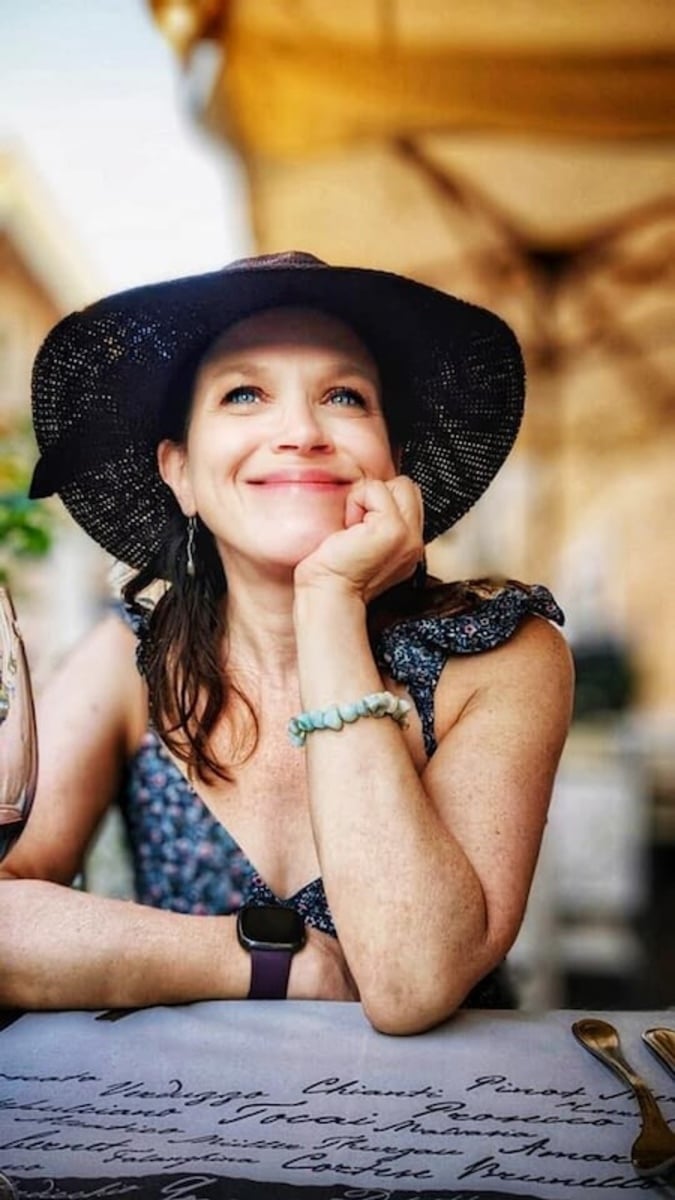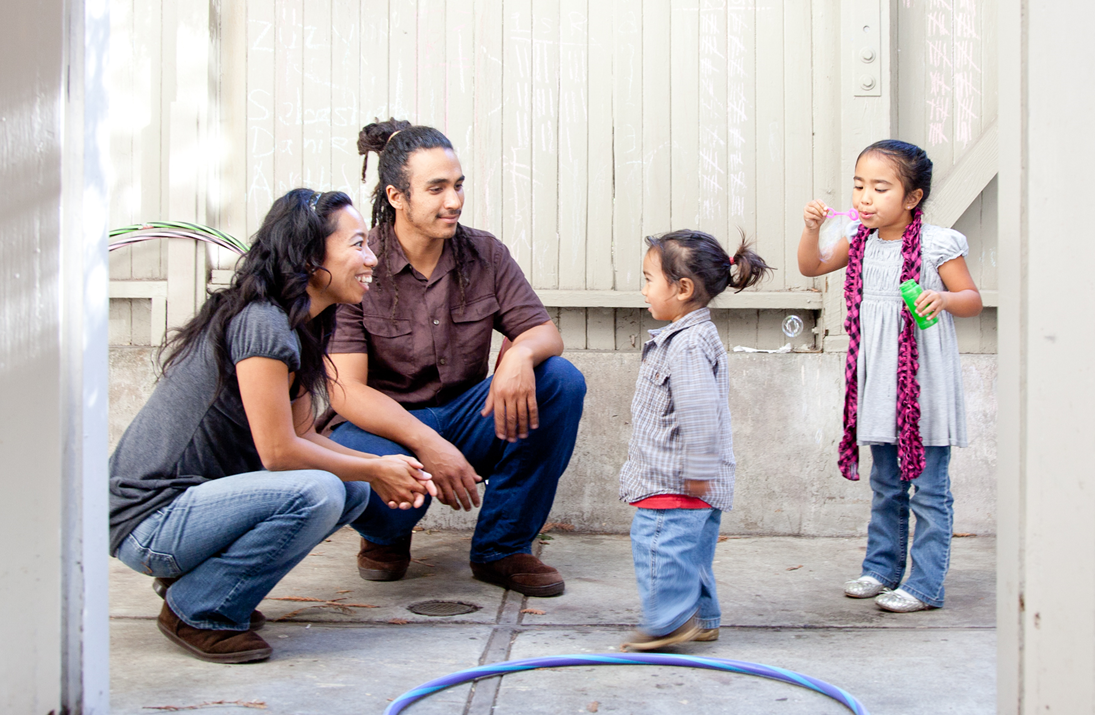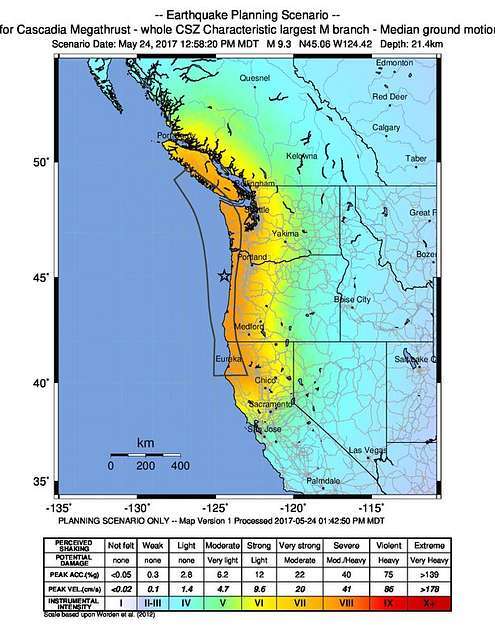
San Francisco lies on the southern extent of potentially damaging shaking during a worst case-scenario Cascadia earthquake.
Everybody knows the Big One is coming. Depending on where it strikes, it’ll be felt from Oregon to Baja California as well as Nevada and Arizona. Thousands may die. Millions will lose homes. The Big One is a California problem, but it won’t send a tsunami crashing around the Pacific rim. It shouldn’t trigger an eruption at our state’s active volcanoes. Deadly though it will be, it will not be the deadliest disaster to strike the United States. The long-awaited Cascadia quake will earn that distinction.
Though I can imagine what lies ahead for coastal Oregon and Washington, I didn’t know what to expect for San Francisco. How hard will it shake? For how long? What effects will accompany the Cascadia earthquake, and who is at risk? Most of all, how big will that wave be?
The Really Big One
You might’ve heard about the Cascadia earthquake. In her gripping 2015 New Yorker piece, Kathryn Shculz called it the Really Big One to distinguish it from California’s “just” Big One. M8.2, the strongest quake thought possible on the San Andreas Fault, is nothing to sneeze at. A M9.2 on the Cascadia Subduction Zone will be gargantuan. M8.2 is almost three times stronger than the accepted magnitude of the 1906 San Francisco earthquake; M9.2 is 89x stronger.
At about 9PM, January 26, 1700, a M9.0 roared to life west of what is now Lincoln City, Oregon. 4 minutes and 27 seconds later, the shaking reached present-day San Francisco. The hostile jostling still ravaging the coast from Cape Mendocino to Vancouver Island would’ve filtered down to long-interval rolling motions that lasted anywhere from three to five minutes. Landslides along the shore and in the mountains brought down boulders. Hours after the earthquake subsided, a 1.5 meter (5-foot) tsunami inundated local beaches.
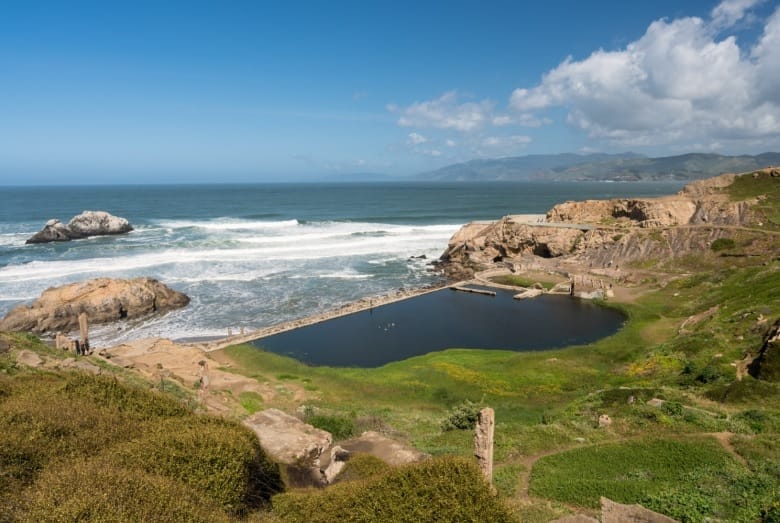
The Sutro Bath ruins on the western edge of San Francisco is a great place to visit for any occasion but a tsunami.
So how will San Francisco fare in the next Cascadia earthquake?
Indigenous peoples from the Lost Coast to Haida Gwaii have legends about what happened in 1700. The Ohlone and Miwok tribes, no stranger to seismicity, surely felt it, though probably not intensely enough to mythologize it. Cascadia’s next Big One will cause more of a fuss in the Bay Area now because our world is fragile. At an intensity of MMI 5, expect to lose some dishes and bottles of wine if they’re not properly secured. Don’t be surprised if a window cracks. Nuisances like broken water lines and whining car alarms will cause headaches. Isolated landslides will dot the coast and a few hills further inland, especially if it recently rained.
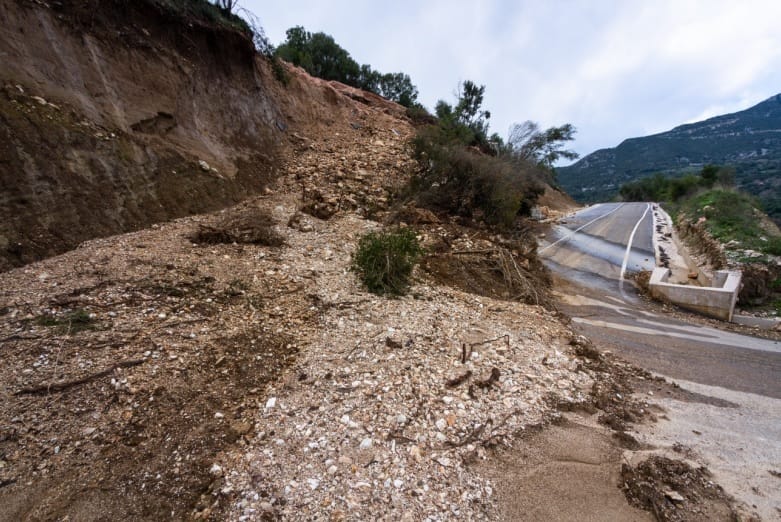
Landslides can wipe out entire roads, leaving lifeline routes impassable.
When the Cascadia quake hits, shaking will reach Reno, then Sacramento, then San Francisco. Portland, Seattle and Vancouver will already be mid-ruin by then. It’ll be nothing like Northridge, Loma Prieta, or Ridgecrest. The Cascadia quake will take from Canada and the United States. People will feel it in Kamloops, British Columbia; Coeur d’Alene and Boise, Idaho; Elko and Las Vegas, Nevada; and Los Angeles, California. By the time it’s all over, the world will have heard about it.
What about that tsunami?
In a repeat of 1700, another 5-foot tsunami would flood Ocean Beach. Remember, a tsunami is not your day-at-the-beach kind of wave. Those are restricted to the surface, like the ripples you make blowing on a hot cup of coffee. A tsunami is the coffee upended by someone running into your elbow. Seawater would surge up Baker and Marshall’s Beaches, higher than any tide. The seawall along the Great Highway will probably keep the wave out of the Richmond and Sunset Districts, so long as it’s five feet or less. Ocean Beach will mostly get covered, a sight many will no doubt rush to see despite evacuation orders.
That column of water would then squeeze through the Golden Gate and dissipate in the Bay. A little flooding is in store for the Marina along with some insurance paperwork for frustrated sailboaters. The tsunami may overtop portions of the Embarcadero like a king tide on drugs. An impressive yet mostly harmless wave will lick the slimy breakwaters along the Berkeley shore. It’ll swell the estuaries and creek mouths north of the Bay Bridge like in 2011, then return to the ocean from whence it came. Keep in mind, we’ll have hours of notice prior to the wave. Nothing bad should happen unless somebody falls in.
If you’re a normal person without a yacht and you don’t live along the crumbling cliffs of Pacifica, you’ll be safe in the Bay Area when Cascadia goes. Eureka and Crescent City, not so much. If a friend or family member lives in the Pacific Northwest, volunteer yourself as their out-of-state contact. You can relay the message that they are alive, an essential part of emergency planning.
Don’t fret over Cascadia if you’re going to worry about earthquakes. We’ve got plenty to worry about at home.
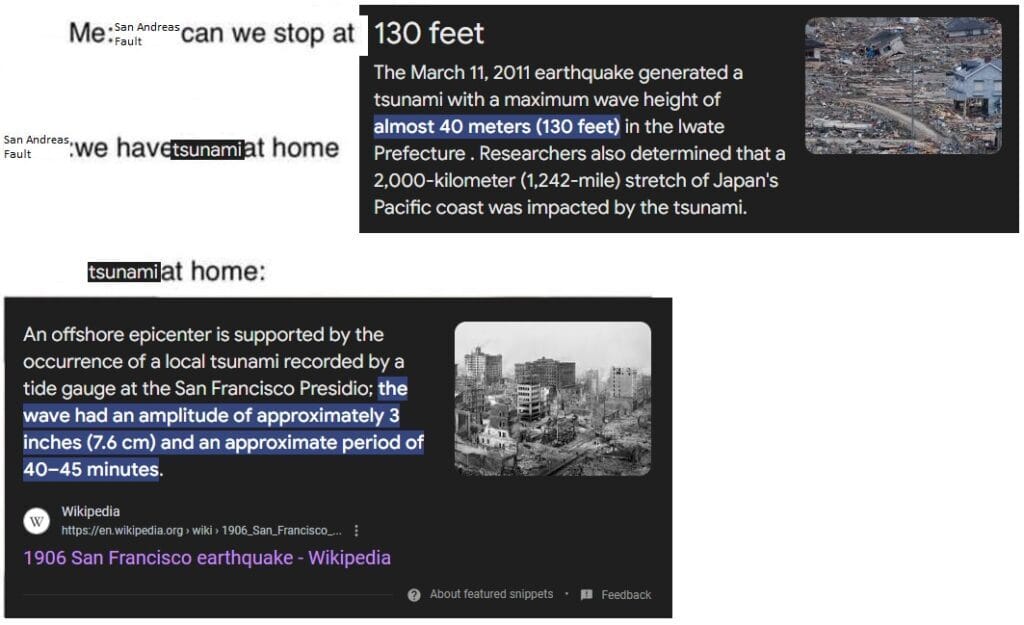
The post How Will the Cascadia Quake Affect the Bay Area? appeared first on Broke-Ass Stuart's Website.





